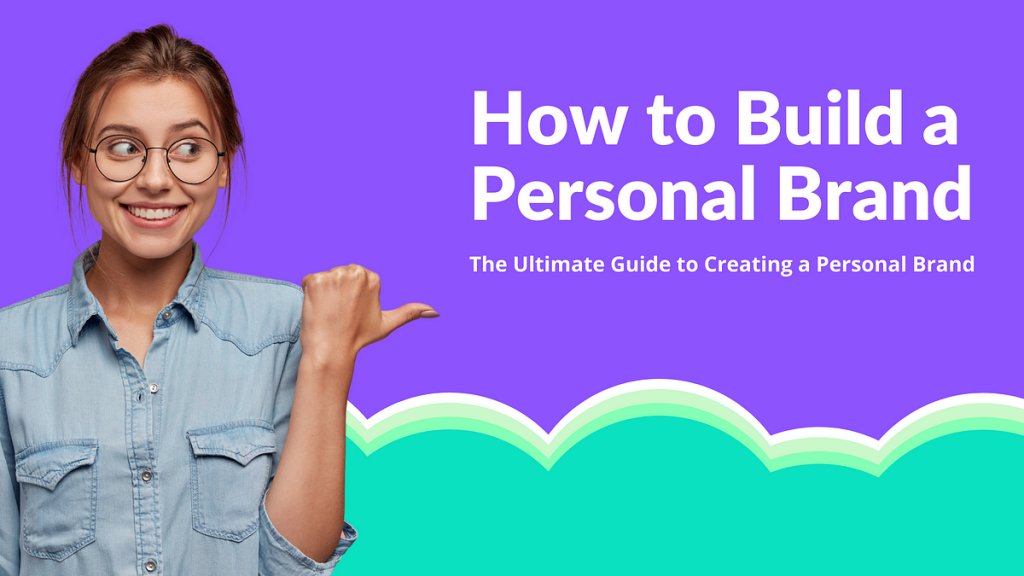In the digital age, your personal brand is your reputation — amplified. Whether you’re a freelancer, content creator, coach, or job seeker, building a strong personal brand online isn’t optional anymore — it’s essential.
Your personal brand tells the world who you are, what you do, and why you matter. It helps you attract opportunities, build trust, and create meaningful impact — even before someone meets you.
In this ultimate guide to personal branding online, we’ll walk you through everything you need to know to craft, grow, and elevate your digital presence with authenticity and confidence.
What Is Personal Branding?
Personal branding is the process of defining and communicating your unique value, personality, and perspective to the world. It’s how you show up — online and offline — consistently and intentionally.
Think of it as:
- Your digital first impression
- The stories you share and the content you post
- How people feel after interacting with you or your work
A strong personal brand helps you:
✅ Stand out in your niche
✅ Build credibility and trust
✅ Attract followers, clients, or employers
✅ Open doors to collaborations, speaking gigs, and media
Step 1: Define Your Brand Identity
Before you start posting or designing anything, get clear on who you are and what you stand for.
Ask yourself:
- What am I passionate about?
- What problems do I solve?
- What values guide my work?
- How do I want people to describe me?
Create a personal brand statement. Example:
“I help creative entrepreneurs build brands that connect and convert — with style, strategy, and heart.”
💡 Tip: Clarity comes before consistency. Don’t skip this step.
Step 2: Choose Your Platforms Wisely
You don’t need to be everywhere — just where it matters most to your audience and goals.
Here’s a breakdown:
- LinkedIn: Ideal for professionals, consultants, B2B creators
- Instagram: Great for visuals, lifestyle brands, creatives
- TikTok: Fast growth for educators, coaches, entertainers
- Twitter/X: Thought leadership, real-time commentary, tech/startups
- YouTube: Long-form content and trust building
- Personal Website: Your digital home base (highly recommended)
🛠 Must-Have: Create a Link-in-Bio tool like Linktree or your own mini landing page to connect all your profiles.
Step 3: Craft a Cohesive Visual Identity
Your visuals matter — they create instant recognition and vibe. Even a simple, consistent aesthetic can set you apart.
Key elements:
- Profile photo: Clear, confident, friendly
- Brand colors: Choose 2–3 that reflect your personality
- Fonts: Pick 1–2 easy-to-read styles for posts and graphics
- Logo or wordmark: Optional but helpful for business-minded creators
Use tools like Canva to create branded templates for posts, covers, and reels.
🎨 Bonus: Use the same handle and profile image across platforms for brand unity.
Step 4: Create Valuable, Shareable Content
Your content is your calling card. Show up with value — not just noise.
Content ideas:
- Teach: Share tips, tools, and insights your audience can use
- Tell: Share personal stories, behind-the-scenes, wins and fails
- Think: Share opinions, takes on industry news, or future trends
Remember the 3 E’s: Educate, Entertain, and Engage.
🧠 Strategy: Choose 3–5 core content pillars that align with your brand and rotate between them.
Example: A wellness coach might post on Mindset, Fitness Tips, Recipes, Daily Routines, and Client Wins.
Step 5: Show Up Consistently
Consistency builds familiarity — and familiarity builds trust.
Tips for staying consistent:
- Batch create content weekly or biweekly
- Use scheduling tools (Buffer, Later, Metricool)
- Set realistic posting goals (e.g., 3x/week on IG, 1 video/month on YouTube)
🎯 Reminder: You don’t need to post daily — just regularly enough to stay top-of-mind.
Step 6: Engage and Network Authentically
Personal branding is not a one-way street. It’s a conversation.
How to build community:
- Respond to DMs and comments
- Comment meaningfully on others’ content in your niche
- Join or create online communities (Discords, Slack groups, masterminds)
🤝 Power Tip: Collaborate with others. Features, guest posts, Lives, and podcast swaps build reach and credibility.
Step 7: Track, Tweak, and Grow
Your personal brand is a living, evolving thing. As you grow, so should your content and strategy.
What to track:
- Follower growth and engagement rates
- Website traffic (via Google Analytics or similar tools)
- Inquiries, collaborations, or job leads
Review monthly:
- What content performed best?
- What didn’t resonate?
- What’s changing in your audience’s needs?
📊 Tools to help: Notion, Trello, Metricool, Google Analytics
Personal Branding Mistakes to Avoid
🚫 Trying to be everything to everyone
🚫 Copying someone else’s voice or aesthetic
🚫 Inconsistency in posting or messaging
🚫 Ignoring your audience’s needs or feedback
🚫 Prioritizing vanity metrics over real connections
Stay true to your voice, your pace, and your mission. That’s what resonates long-term.
Final Thoughts: Your Brand, Your Story
Your personal brand is your story — told your way. You don’t need to be perfect or polished. You just need to be present, clear, and consistent.
Start small. Choose your platforms. Define your voice. Post with purpose. And most importantly — be unapologetically you.
In a world full of noise, authenticity is your greatest advantage.

